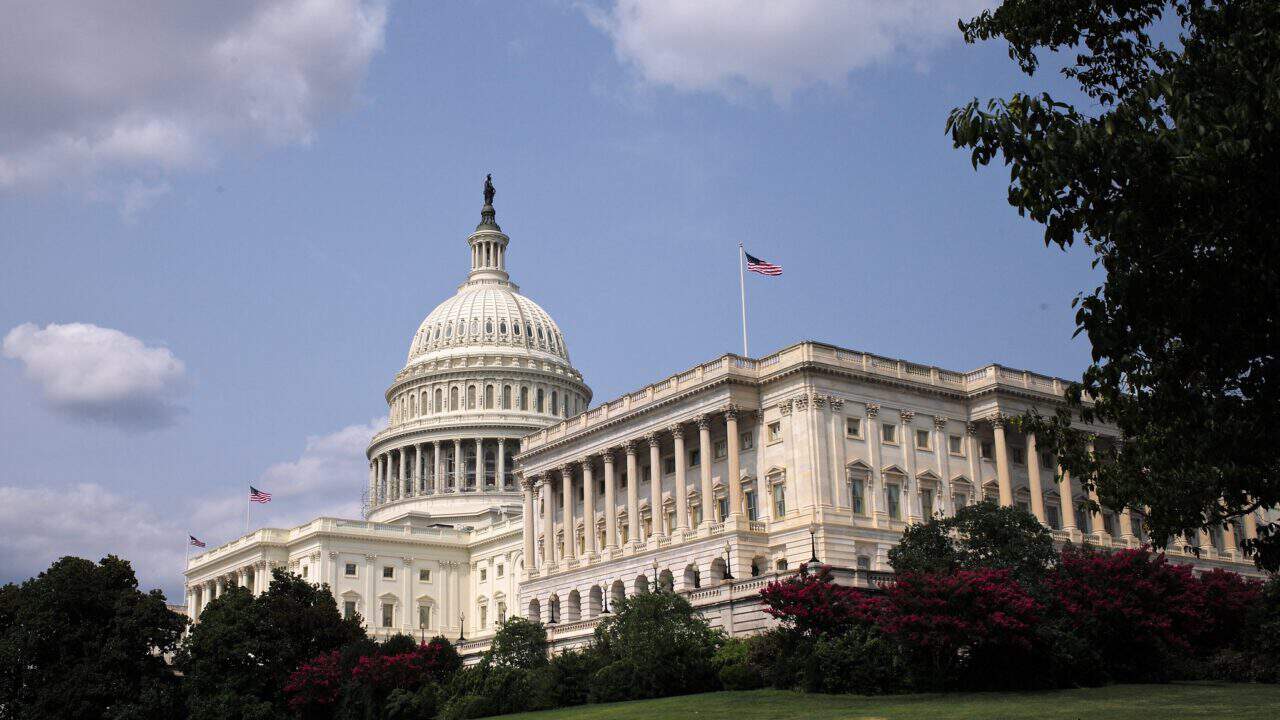 The US Capitol by R Boed is licensed under CC BY 2.0 DEED
The US Capitol by R Boed is licensed under CC BY 2.0 DEED
On January 31, 2024, Bryan Bashur, ATR’s Director of Financial Policy, testified before the U.S. House of Representatives Financial Services Committee’s Subcommittee on Financial Institutions and Monetary Policy. The hearing was entitled, “Rules Without Analysis: Federal Banking Proposals Under the Biden Administration.” A copy of Mr. Bashur’s written testimony can be found here.
The hearing featured bipartisan opposition to proposed bank capital regulations issued by the Federal Reserve, Federal Deposit Insurance Corporation, and Office of the Comptroller of the Currency.
A copy of Mr. Bashur’s opening remarks can be found below:
I am here today to talk about the proposed bank capital rule, which is based off the Basel Committee on Banking Supervision’s (Basel Committee) Basel III Endgame framework.
In November, this subcommittee discussed how the Basel Committee, among other international organizations, has directly influenced U.S. banking regulation. Now, the discussion will specifically revolve around a Proposal that circumvents congressional intent, abuses regulators’ discretion, and is arbitrary and capricious.
The Federal Reserve (Fed), Federal Deposit Insurance Corporation (FDIC), and Office of the Comptroller of the Currency (OCC) are proposing to heighten regulation on banks with at least $100 billion in consolidated assets. The Proposal would force large banks to build up more capital through retained earnings and additional stock issuances without any input from Congress.
These new rules will make borrowing more expensive, hamper dividends and share repurchases,[1] and reduce the availability of credit cards and mortgage loans—activities and services the government should not be micromanaging. Banks should remain private and not regulated to such an extent that they resemble heavily regulated utilities, or other quasi-governmental entities.
The Basel Committee’s influence on banking regulation across the globe has created a regulatory structure that circumvents Congress. This is evidenced by the Proposal’s direct repudiation of the bipartisan Economic Growth, Regulatory Relief, and Consumer Protection Act.[2] Congress passed this legislation with the intent to tailor regulation for bank holding companies. The Proposal eliminates and replaces the tailored regulation from S. 2155 by applying uniform regulations to all banks with more than $100 billion in assets. For example, the Proposal expands the inclusion of accumulated other comprehensive income (AOCI) for available-for-sale (AFS) securities to capital calculations for Category III and IV banks. Category III and IV banks would also be required to calculate their capital based on both the new expanded risk-based approach and the existing standardized approach, “and then measure compliance based on the more stringent of the two ratios.”[3] The supplementary leverage ratio (SLR) and the countercyclical capital buffer (CCyB) would also be expanded to apply to Category IV banks. The Proposal also largely eliminates the use of banks’ internal models without any empirical analysis justifying this prohibition. The blanket application of these requirements defeats the purpose of S. 2155.
This Proposal is arbitrary and capricious, an abuse of discretion, and exceeds the statutory bounds with which the regulators are supposed to operate.[4] Regulators may not expand their authority merely because they believe their “preferred approach would be better policy.”[5] The regulators claim to have broad statutory authority to amend capital requirements at will. However, Congress “does not alter the fundamental details of a regulatory scheme in vague terms or ancillary provisions—it does not, one might say, hide elephants in mouseholes.”[6] Congress made it clear in S. 2155 that there needs to be a regulatory structure that is best tailored to banks with different services and operations. The Proposal dismisses Congress’s intent and moves ahead anyway.
Regulators are justifying the uniform application of capital regulations to banks in categories I, II, III, and IV by referring to “recent events” or the collapses of Silicon Valley Bank (SVB), Signature Bank (Signature), and First Republic Bank (FRB).[7] However, these bank failures cannot and should not be attributed to all U.S. banks with more than $100 billion in assets.
The capital requirements dictated by the regulators have not been condoned by Congress and are arbitrary and capricious under the Administrative Procedure Act (APA).
The Proposal is a classic example of the government intervening in the operations of private companies by mandating how they must organize their balance sheets. If finalized, the Proposal has the potential to reduce the availability, or increase the cost of credit for auto loans, credit cards, small business loans, and mortgages. One paper describes how the regulators’ unbridled quest for more stringent capital requirements can make capital allocation more expensive. According to the paper, “[a]ll else equal, making regulated banks less risky may actually raise their cost of capital—with consequent implications for” investment and growth.[8]
At the end of the day, “major questions”[9] and policy decisions need to be left to Congress. Unelected bureaucrats should not be in the business of creating the law.
Mr. Bashur has also written an op-ed for The Hill highlighting the concerns raised during the hearing.
A video of the hearing can be found below:
[1] https://www.wsj.com/articles/banks-stock-buybacks-basel-endgame-50fb9e7c.
[2] https://www.congress.gov/bill/115th-congress/senate-bill/2155.
[3] https://clsbluesky.law.columbia.edu/2023/08/01/cleary-gottlieb-discusses-proposed-capital-requirement-increases-for-banks/.
[4] https://www.justice.gov/sites/default/files/jmd/legacy/2014/05/01/act-pl79-404.pdf.
[5] Virginia Dep’t of Med. Assistance Servs. v. United States Dep’t of Health & Human Servs., 678 F.3d 918, 400 U.S. App. D.C. 319 (D.C. Cir. 2012).
[6] Whitman v. American Trucking Associations, Inc., 531 U.S. 457 (2001).
[7] 88 FR 64032
[8] https://www.hbs.edu/ris/Publication%20Files/Wurgler_Paper_78db6340-ae41-4630-8e25-d990b547171b.pdf.
[9] West Virginia v. Environmental Protection Agency, 597 U.S. ___ (2022).

